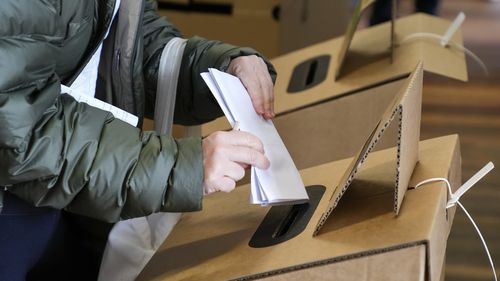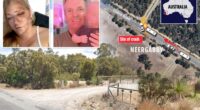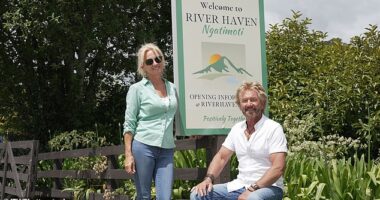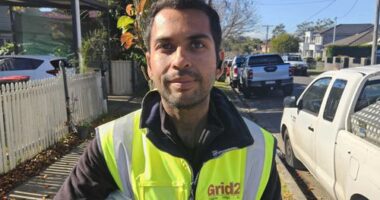Some will do this intentionally, while others will cast one without even realising it.
Here’s everything you need to know about ‘donkey votes’ from what one is, to how they’re counted, and if they’re even legal.

A ‘donkey vote’ is when a voter numbers the candidates on the ballot paper 1, 2, 3, 4, 5, 6 and so on in the same order that they appear on the paper.
It is also considered a ‘donkey vote’ if the candidates are numbered in reverse order.
Some ‘donkey votes’ are cast intentionally by voters who do not care how they vote, or whose preferences are best reflected in that order.
In other cases, ‘donkey votes’ can be the unintentional result of a voter not understanding how to vote correctly.
Are ‘donkey votes’ counted in Australia?
Yes. An AEC spokesperson confirmed that ‘donkey votes’ “are valid votes and are counted”, unlike informal votes.
Because they’re counted with all formal votes, the AEC does not keep any data on the number of ‘donkey votes’ cast in each election.
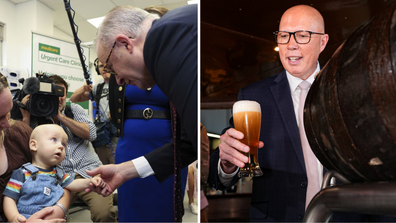
What politicians have been up to on the election campaign trail
What happens if you cast a ‘donkey vote’?
‘Donkey votes’ are not illegal in Australia and there is no penalty for casting a ‘donkey vote’ intentionally or otherwise.
The vote will still be counted.
What is the difference between an informal vote and a ‘donkey vote’?
The key difference between a ’donkey vote’ and an informal vote is that unlike ‘donkey votes’, informal votes are not counted towards the result of the election.
“Informal voting is when voters incorrectly number all the boxes of the ballot paper, leave the ballot paper blank, or do anything other than follow the instructions on the ballot paper,” an AEC spokesperson told 9news.
“Informal ballot papers are placed in their own pile and counted separately.”
About five per cent of votes cast in federal elections are informal, per the AEC website.
In a federal election, Australians vote for candidates to represent them in the House of Representatives and the Senate using a preferential voting system.
Voters are given two ballot papers – one for the House of Representatives, one for the Senate – and must fill out the papers correctly in order for the vote to be counted.
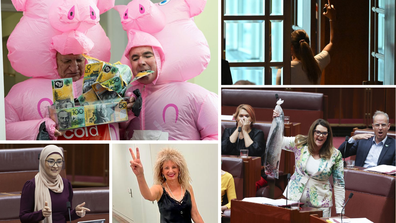
Dead fish, cash-snorting pigs: The strangest moments from the last parliament
“Common mistakes would be voters not following the instructions on the ballot paper or often missing a number, or including a number twice,” the AEC spokesperson said.
“We will always admit a ballot paper to the count where the voter’s intention is clear.”
However, if your ballot paper is not filled out correctly or is marked in any way other than the numbering of candidate boxes, it “could mean your vote is not counted”.
On the House of Representatives ballot paper, voters must number the boxes by the names of each candidate in order of preference, starting from 1.
On the Senate ballot paper, voters can choose to vote above-the-line or below-the-line.
When voting above-the-line, voters must number their preferred parties or groups from 1 to at least 6.
To vote below-the-line, voters must number preferred individual candidates from 1 to at least 12.
